by Kate Peresolak
In the previous blog post about PHAST (PennDOT Highway Archaeological Survey Team), I left you with news of an upcoming Ground Penetrating Radar (GPR) survey in Clarion County, a small urban archaeology project in Pittsburgh, and additional excavation projects in both eastern and western Pennsylvania. Aside from wrapping up a loose end in Clarion County, another season of field work has come to an end, which means lab work, extensive report writing, and a new semester are about to begin.
Our second GPR survey of the summer was very interesting. More common shovel test pit and test unit excavation was not used in this early stage because we already know that a furnace complex and worker housing once stood in the vicinity. A GPR survey enables a more complete view of any possible intact structures while using non-invasive techniques. It will be exciting to see how the survey data, historic maps, and the current landscape come together.
The excavation of three test units in Pittsburgh revealed a rubble and garbage-filled basement, foundation remnants, and also a buried but intact prehistoric occupation. Bricks were the most common artifact, but others include vessel glass, annular whiteware, nails, and the body of a small porcelain figurine often referred to as a “frozen Charlotte.” Despite the direct sun and deep excavation, my crew made the best of the situation.
Another very unique project from this summer took PHAST to Old Economy Village, a state-owned property in Ambridge. Our job was to locate vineyard postholes from the 1950s/1960s in areas where posts no longer stand. This is part of a larger effort by the Pennsylvania Historical and Museum Commission (PHMC) to reconstruct the vineyard and preserve the property as a piece of our state’s heritage. Check out the Old Economy Village website to learn more about the Harmonist society that founded Old Economy Village and to plan your own visit.
The final project of the year took us to Luzerne County just last week. PHAST completed shovel test pits in multiple soybean fields in preparation for storm water management basins.
Even though all 2016 fieldwork is now over, the project list for next summer’s crew will come together in early 2017. Stay tuned for additional PHAST blog posts next summer as a new field director and crew travel across Pennsylvania and continue to learn about our buried past.
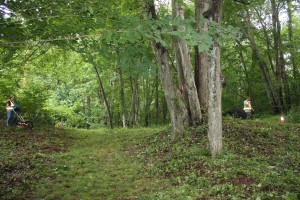
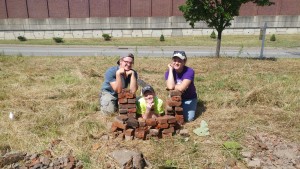
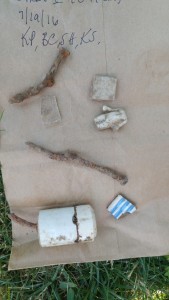
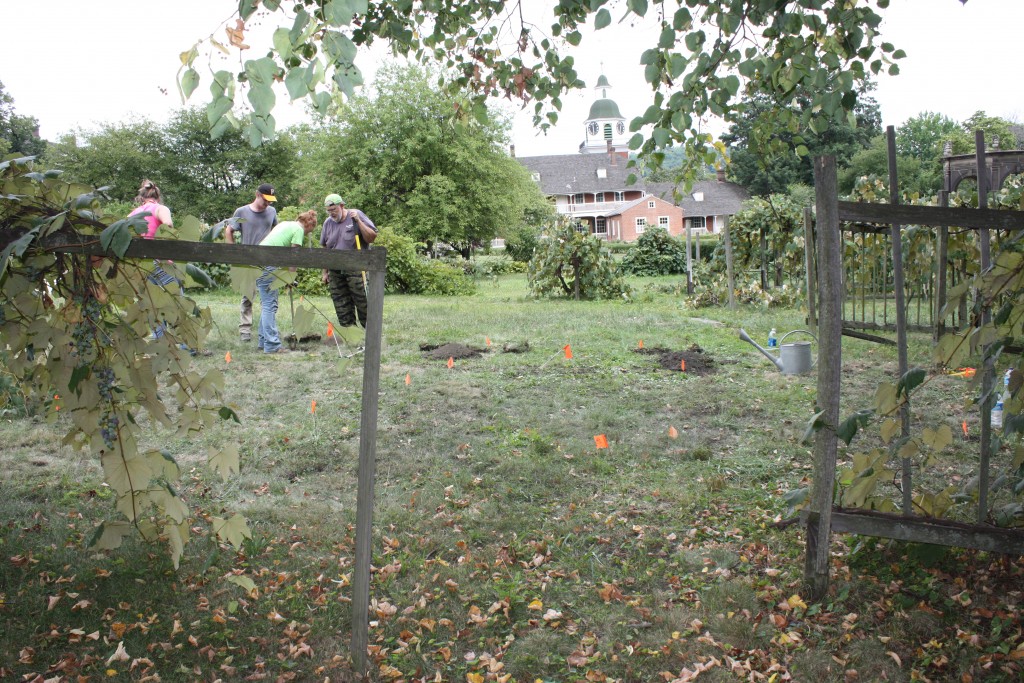
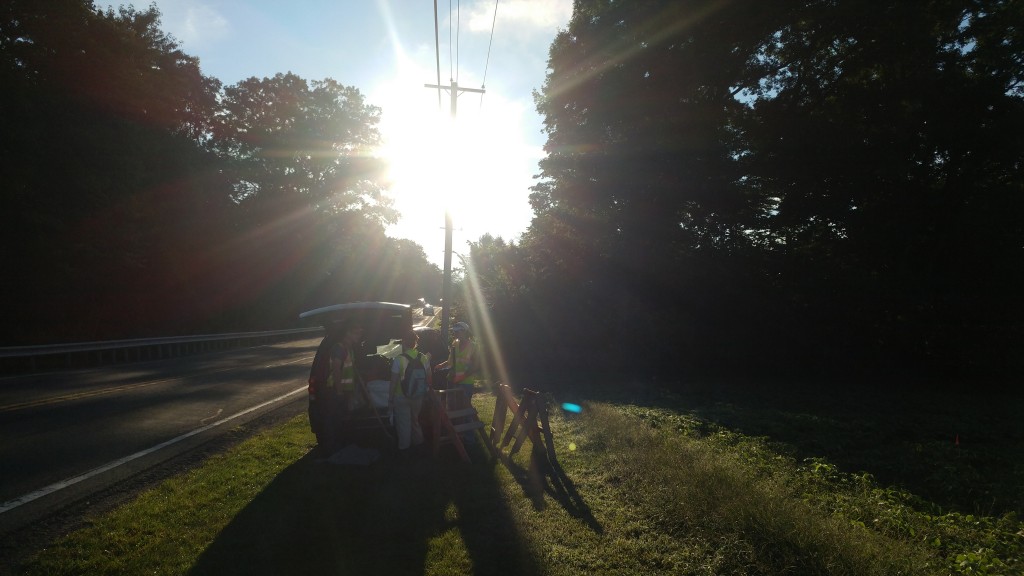
This helpful once you get to make friends and hopefully we become like your benefits provider. 🙂